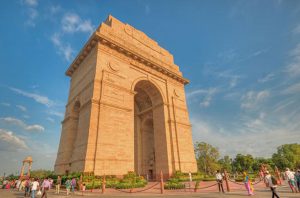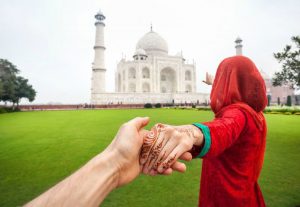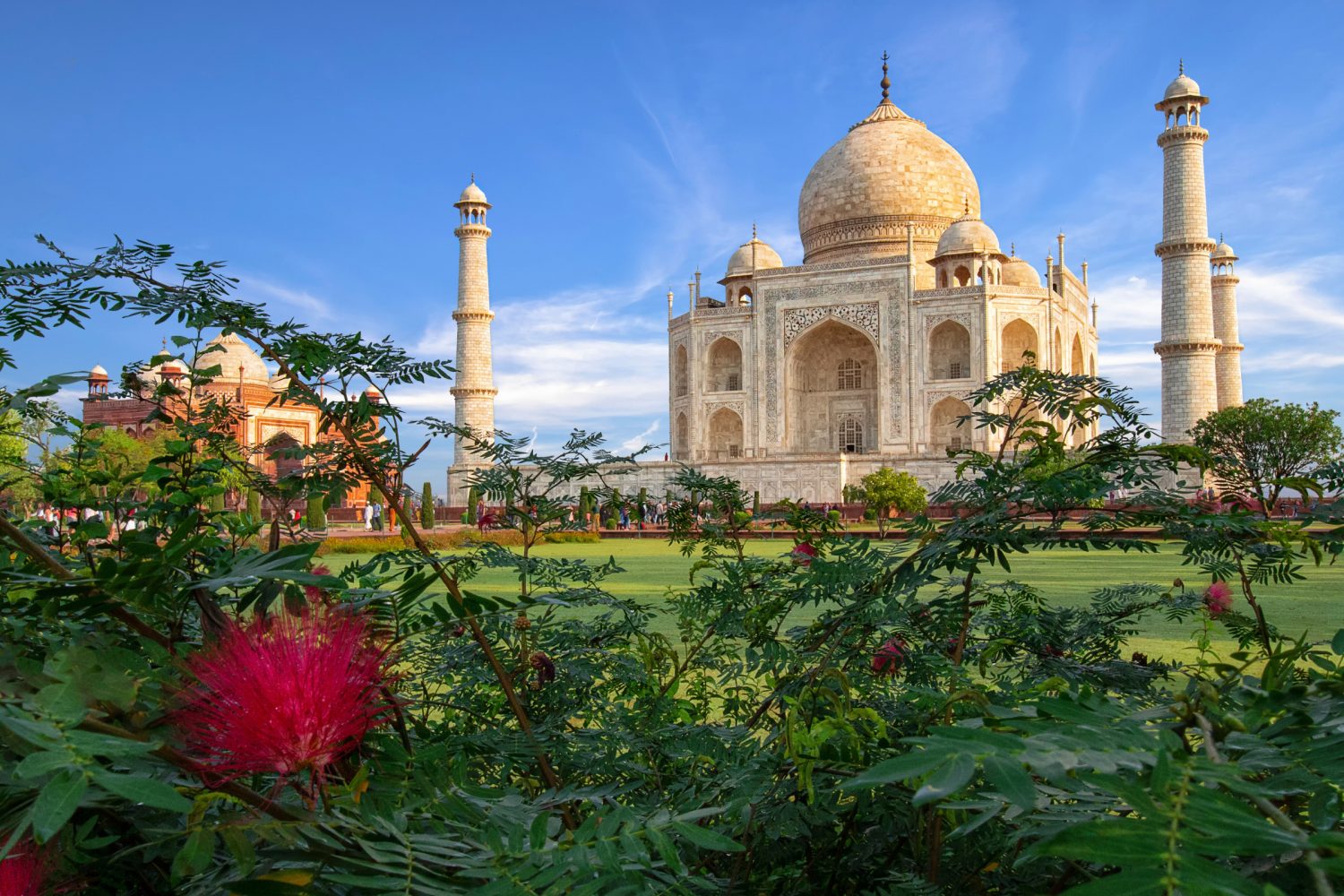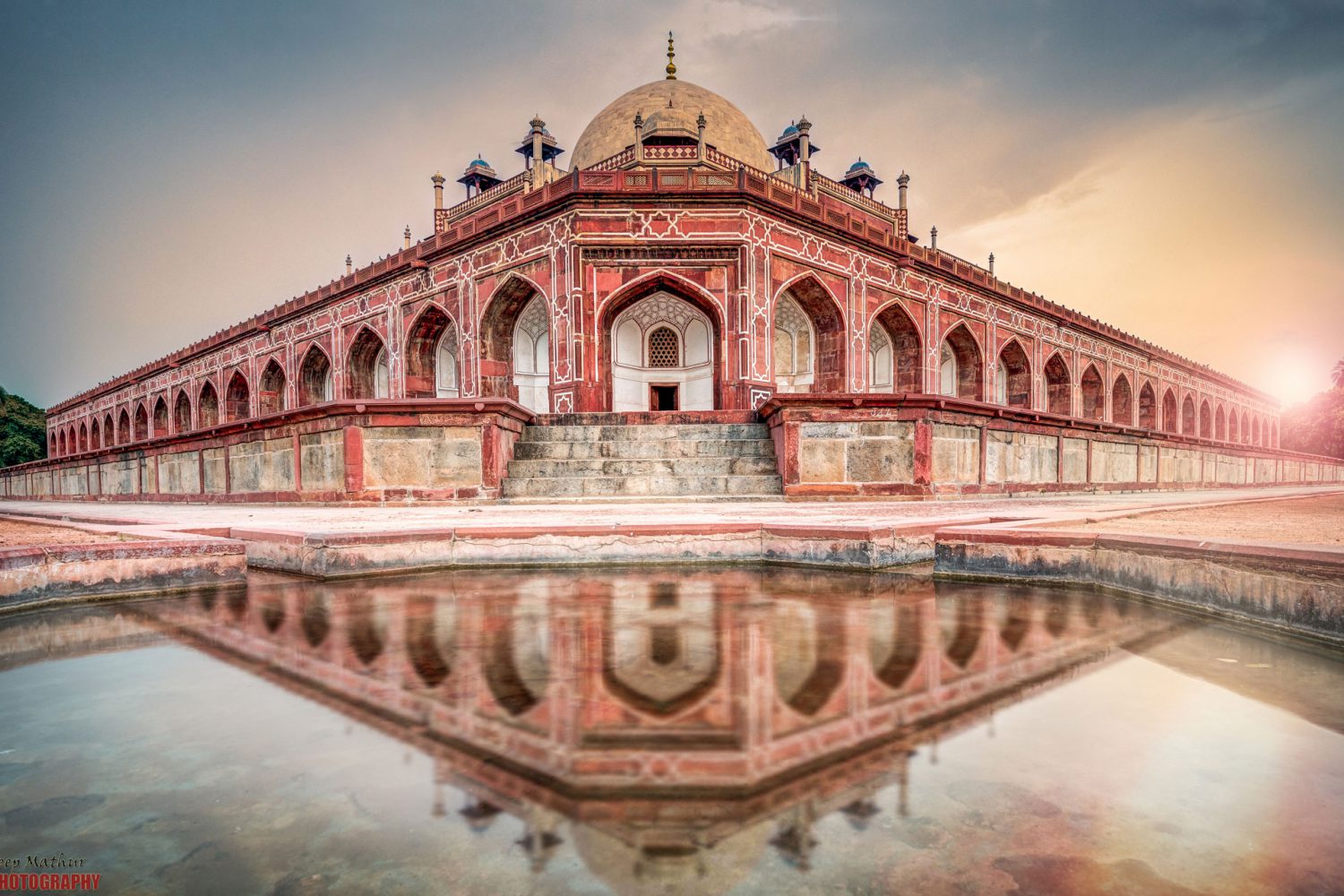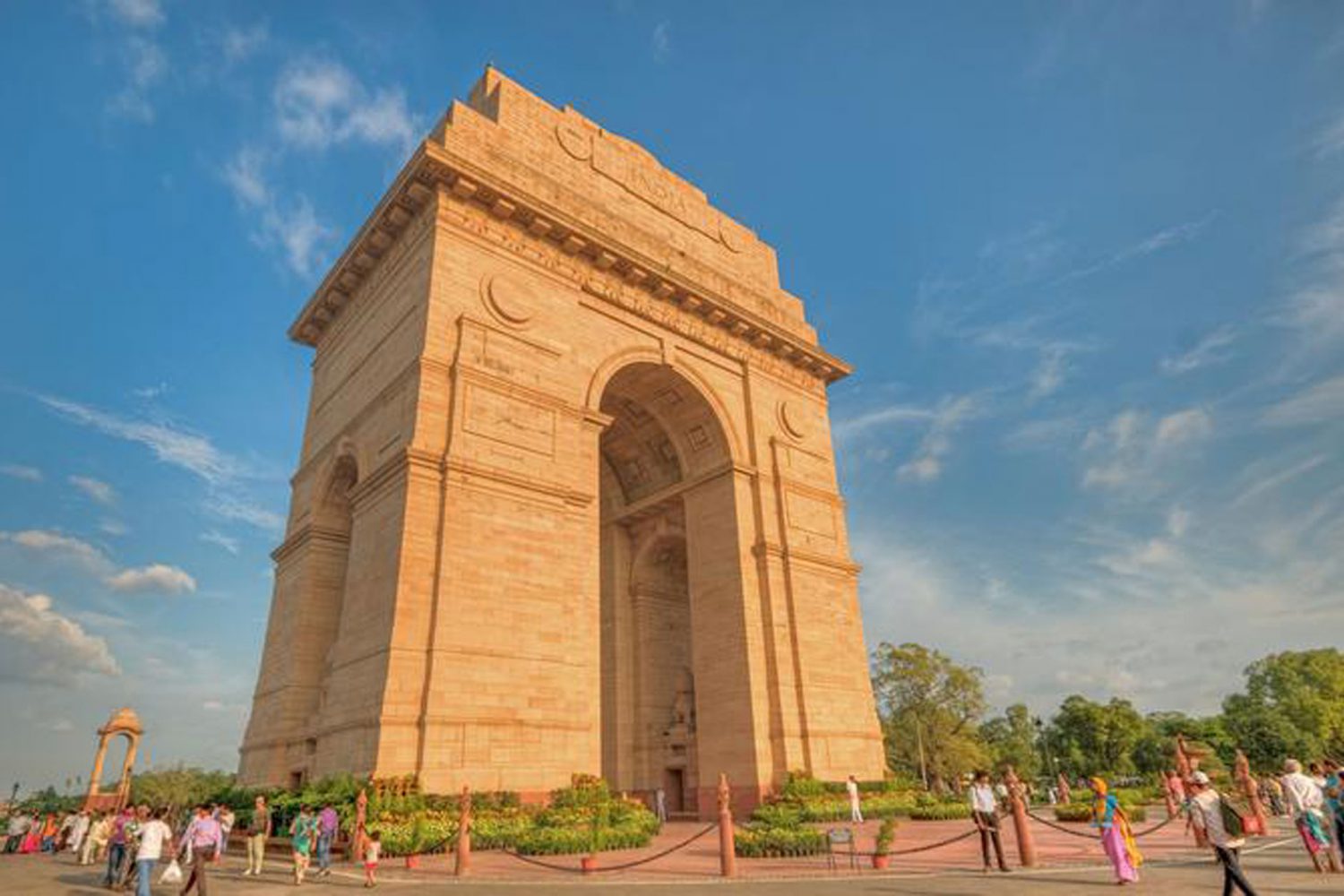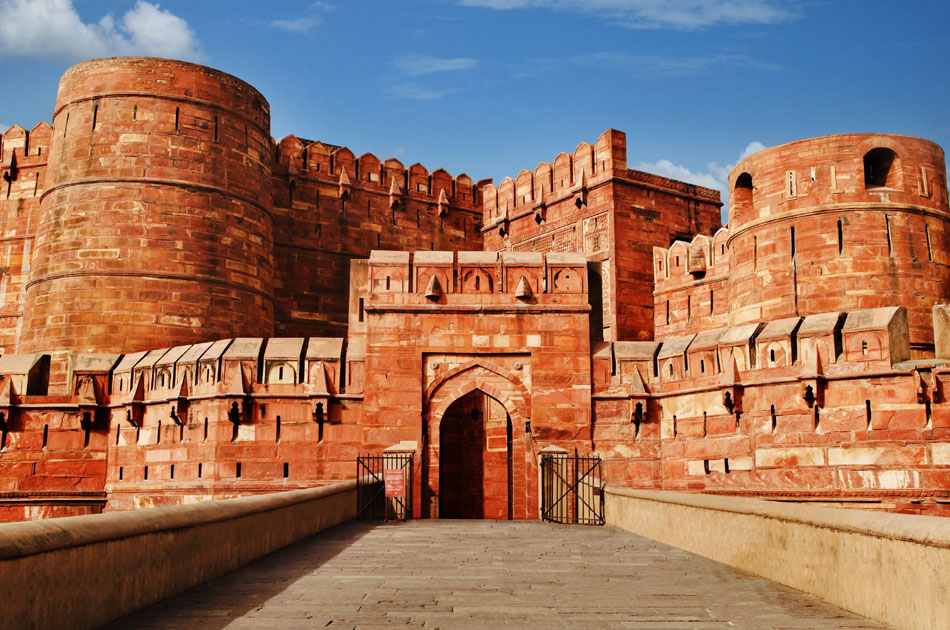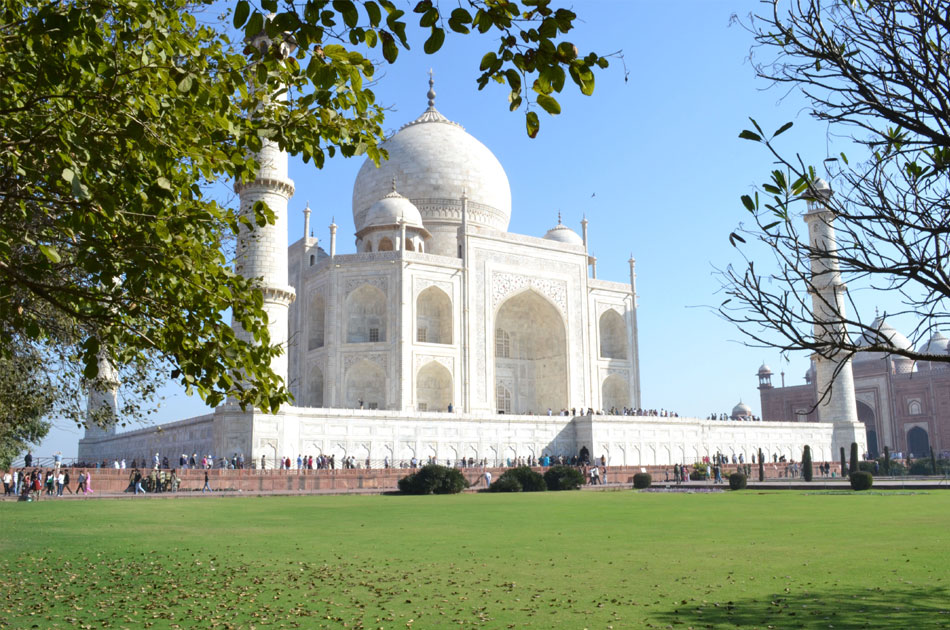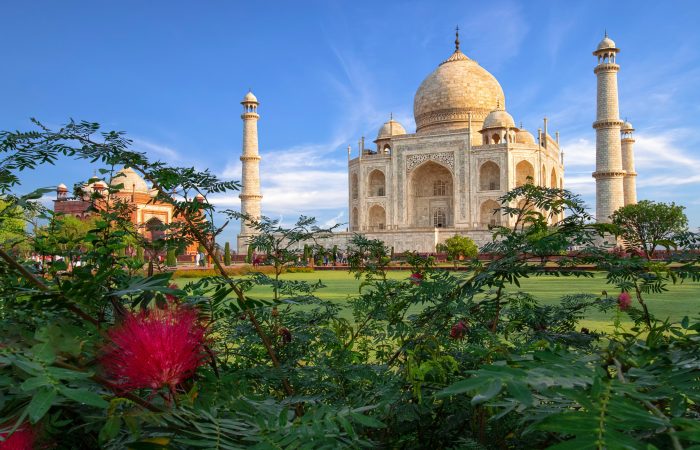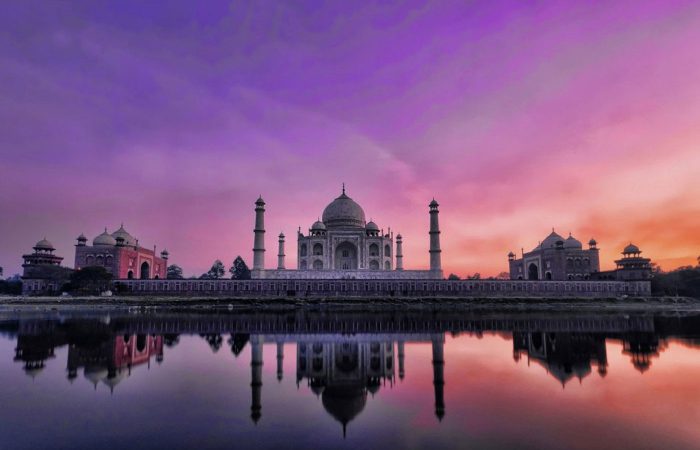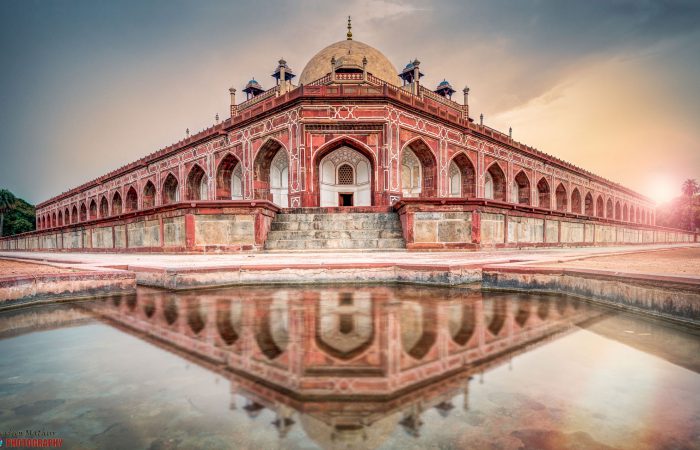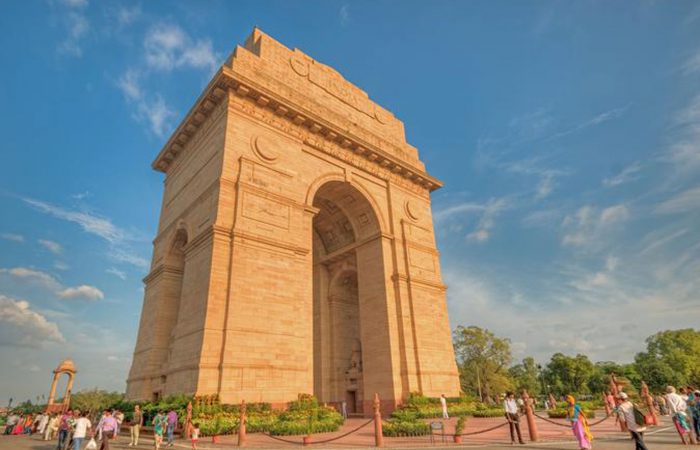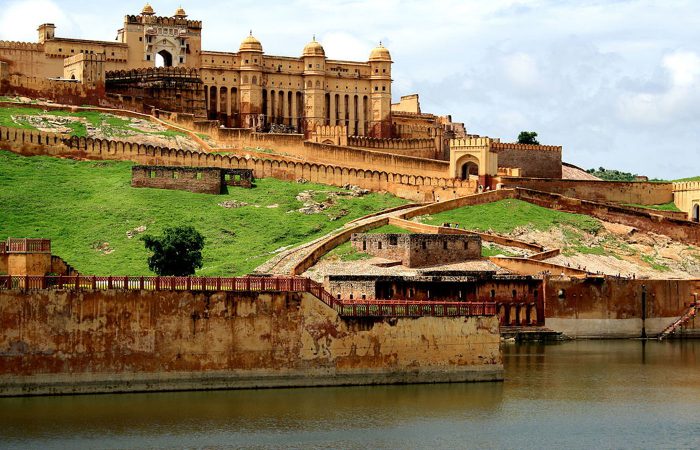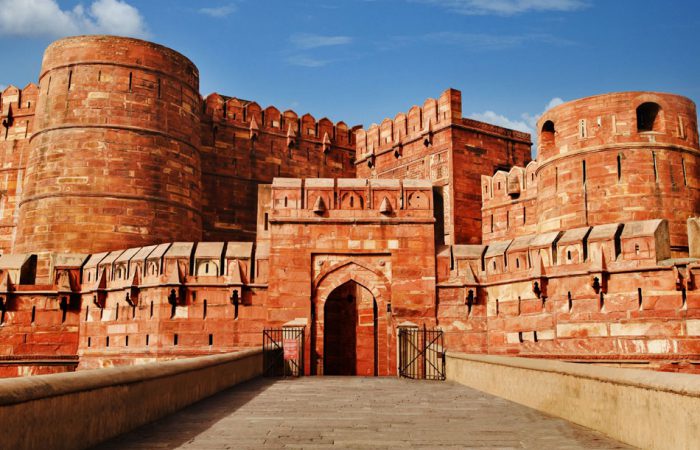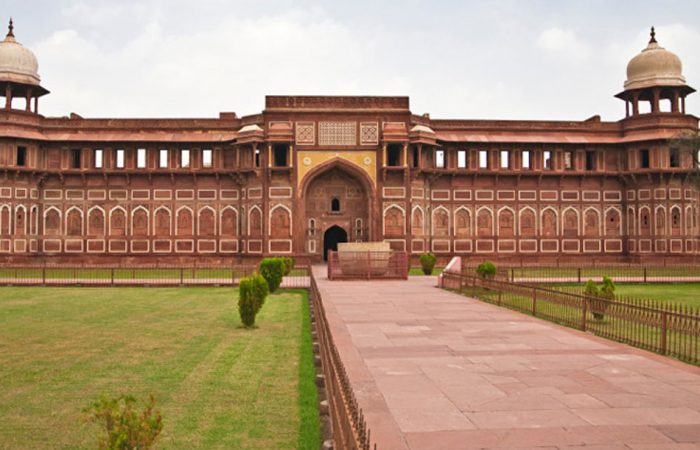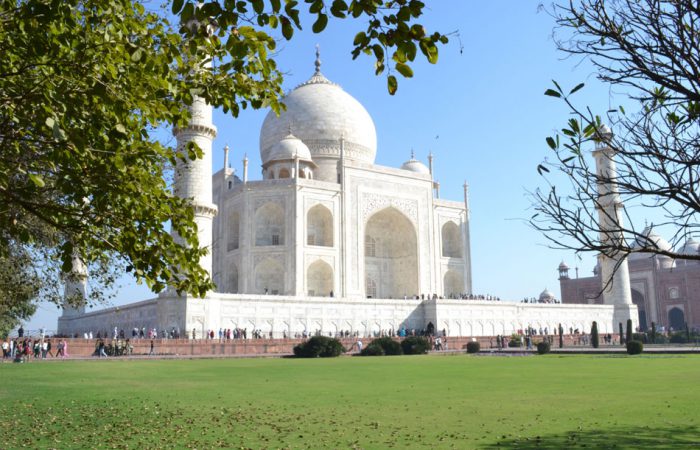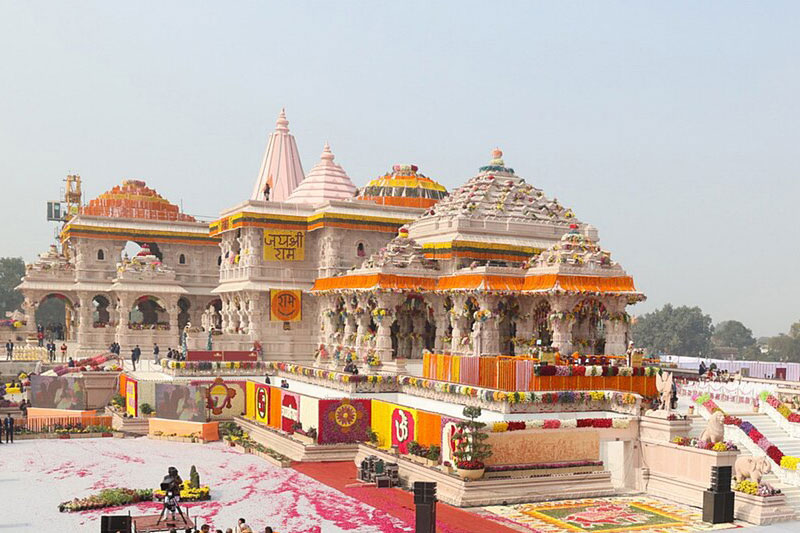- Home
- Best Sellers

- Local City Tour
- Taj & Agra Fort and Fatehpur Sikri
- Live Show In Agra
- Delhi Half-day Tour
- Delhi : Full Day City Tour
- Udaipur: Full Day City Tour
- Jaipur: Full Day Jaipur City Tour
- From Delhi: Same Day Jaipur Tour by Car
- From Delhi: Same Day Taj Mahal Tour by Car
- Same Day Haridwar Rishikesh Tour From Delhi
- Varanasi : Full Day City Tour by Car
- International Tours
- Tour Packages
- City Tours
- Contact



